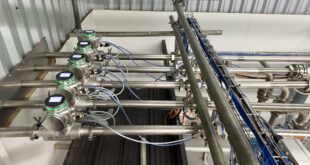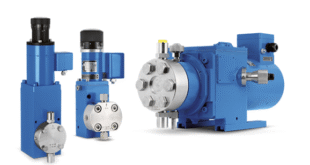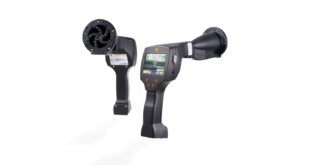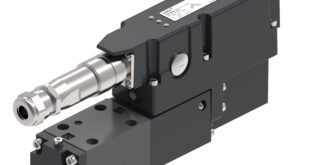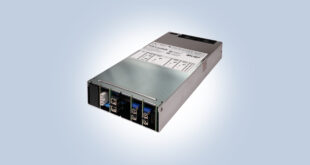Toshiba Electronics Europe has launched a new high-speed 10Mbps logic output photocoupler for 24V digital input programmable logic controller (PLC) and other measurement and control equipment.
The new TLP2363 requires a supply current of just 4mA and is rated for a wide operating temperature range (-40 to +105℃).
The threshold input current (IFHL) is specified with min, 0.3mA and max. 2.4mA thereby ensuring conformance to the digital input standard IEC 61131-2 type 1.
Uniquely for this type of device, all that is required to complete the design is a bridge diode and a suitable resistor for current control. The short propagation delay of just 80ns is ideal for use with high-speed systems.
The photocoupler delivers a clear ‘high’ or ‘low’ on the output by suppressing chatter noise, even with a slow-moving input signal of 60s or less with a long rising or falling edge.
As a result, there is no need for any waveform shaping circuitry, reducing the number of components that saves PCB area and cost.
Despite being housed in a small and thin 5-pin SO6 package with a max. height of 2.3mm, the device offers a minimum isolation voltage of 3750Vrms.
The common footprint allows designers to replace products from other manufacturers, allowing them to take advantage of the improved specification of the Toshiba TLP2363.
Shipments of the new photocoupler start today.
 Engineer News Network The ultimate online news and information resource for today’s engineer
Engineer News Network The ultimate online news and information resource for today’s engineer
